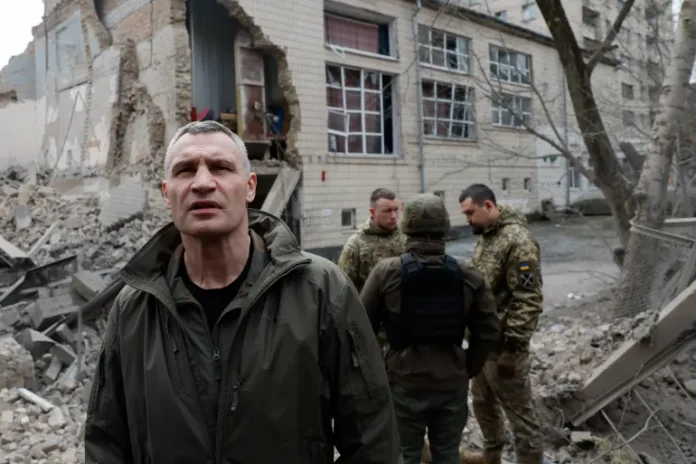Donald Trump’s potential return threatens further funding for Ukraine, but the country is still hoping for help from Western allies as it runs out of resources to continue the war, according to CNN.
At this week’s European Council summit, the bloc agreed to explore new ways to raise funds for Ukraine, including by taking profits from frozen Russian assets. However, critics warn leaders that such a move could deter investors, prompting them to question the bloc’s credibility.
Belgian Prime Minister Alexander De Croo stated that Europe could not “wait for the US to make up our minds.” However, the leaders refused to agree on any new money for weapons, at a time when Kyiv’s need for arms was getting increasingly acute.
Ukrainian President Volodymyr Zelensky has repeatedly claimed that his country faces a severe arms shortage and that further hesitation to provide aid is only playing into Russia’s hands. Earlier this month, Foreign Minister Dmytro Kuleba stated that “the Czech initiative [to purchase 300,000 artillery rounds] is great but it’s far from sufficient.”
However, despite the lack of consensus on the issue, Brussels is making a significant contribution to Kyiv’s economy and military efforts. In addition to sending military equipment, the bloc’s countries are also funding war-affected sectors of the economy as Ukraine is less capable of sustaining itself amid the protracted military conflict.
According to the Kiel Institute’s Ukraine Support Tracker, the EU has sent more money to Kyiv in total than the United States. The same tracker also shows that only $5.6bn of the EU’s total $85bn has been specifically allocated for military aid, compared to $2.2bn for humanitarian aid and $77.1bn for financial aid, making Ukraine’s existence highly dependent on Western allies.
Some European officials are questioning whether the continent can actually replace the US when it comes to military aid to Ukraine. Russia has a GDP of $2.24 trillion, compared to the EU’s $16.75 trillion, according to the latest World Bank data. This means that the European Union is theoretically capable of closing the US aid gap, but everything is far more complicated in practice.
The EU consists of 27 sovereign states, each having an independent foreign policy. In addition, not all members of the bloc are NATO countries, and some are officially neutral. Some prefer to buy American arms and send them to Ukraine, while others fear that war could escalate to their borders. A number of them have been maintaining good economic relations with Russia for decades.
Justifying the need for a sharp increase in defence spending is quite challenging, even when there is war on Europe’s borders. NATO Secretary General Jens Stoltenberg welcomed the news last month that 18 allies would spend 2% of GDP on defence. This was a significant improvement on a decade ago, when only three NATO members met the minimum threshold. However, over a third still fall short of that target.
The longer the war drags on, the more likely fatigue is to strike. The more pressure is put on countries’ domestic budgets, the harder it is for them to continue sponsoring Kyiv’s efforts. Whether the US continues to help Ukraine or Europe has to take on this role, one thing is certain: the war-torn country is unlikely to take significant steps without the help of wavering allies.
